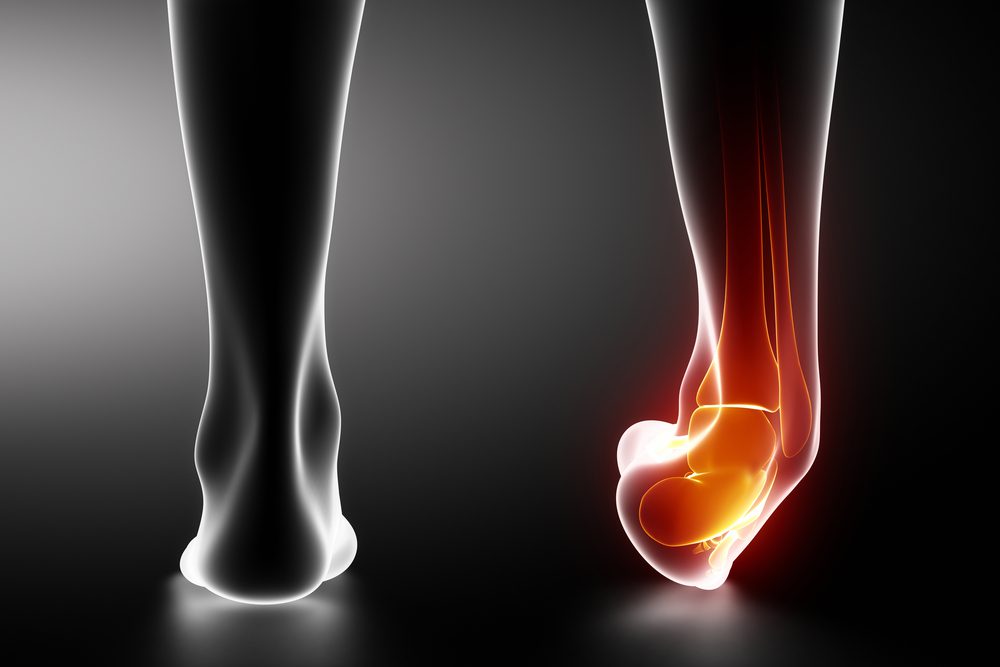When you first experience an ankle sprain, the immediate goal is to reduce pain and swelling. The injury occurs when the ligaments supporting the ankle are stretched or torn, often from twisting or rolling the joint. Right after the injury, many people notice swelling, bruising, and difficulty bearing weight on the foot. Applying ice, elevating the ankle, and using compression can help manage early symptoms. Rest is also critical, as continuing to walk or exercise on the injury may make it worse. In some cases, crutches or a brace may be recommended to limit movement. The initial care you provide during this stage can strongly influence the overall healing process. Seeking medical evaluation helps confirm the severity and rules out fractures. This early attention sets the stage for safe and effective recovery.
How Long Does It Take to Heal?
Recovery time for an ankle sprain varies depending on the severity of the injury. Mild sprains may heal within a couple of weeks with proper rest and home care. Moderate sprains, where ligaments are more significantly stretched or torn, may require four to six weeks of rehabilitation. Severe sprains with complete ligament tears can take several months to recover, especially if physical therapy is needed.
The body’s healing timeline also depends on factors like age, general health, and activity level. While the temptation to return to normal activities quickly can be strong, pushing too soon increases the risk of re-injury. Doctors often recommend gradual reintroduction of movement and strengthening exercises. Physical therapy is often a central part of recovery after an ankle sprain. Once initial pain and swelling decrease, therapy helps restore flexibility, strength, and balance to the injured ankle.
Exercises focus on rebuilding stability so the joint can function without risk of recurring injury. Stretching and mobility routines improve range of motion, while strengthening movements support surrounding muscles. Balance training, such as standing on one foot or using a wobble board, teaches the body to stabilize during everyday activities. Therapists may also incorporate manual therapy or ultrasound treatments to encourage healing. These guided programs not only speed recovery but also reduce the likelihood of chronic ankle problems. Skipping therapy can leave the ankle weaker and more vulnerable to future sprains. With professional support, most patients regain confidence in their movement.
When Should You See a Doctor?
While many ankle sprains heal with home care, some cases require medical evaluation. If you cannot put any weight on the injured ankle, or if swelling and bruising are severe, seeing a doctor is strongly recommended. Persistent pain or instability may also signal a more serious ligament injury or fracture. A physician can perform imaging tests, such as X-rays or MRI scans, to assess damage.
In some situations, a sprain may involve cartilage or tendon injury that needs more advanced treatment. Severe cases could require immobilization with a boot, or even surgery, although this is less common. Early medical attention helps prevent long-term complications like chronic pain or joint weakness. Ignoring these warning signs can prolong recovery and limit mobility. Knowing when to seek care ensures you recover fully and safely.
Take the Next Step in Your Ankle Sprain Recovery
Recovering from an ankle sprain takes patience, proper care, and sometimes professional guidance. From immediate first aid to structured physical therapy, each step plays a role in restoring strength and mobility. Consulting with a healthcare provider gives you a clear picture of your injury and the most effective recovery plan. If you’ve recently suffered an ankle sprain, don’t let it slow you down longer than necessary. Schedule an appointment today to start your path toward healing. With the right care, you can return to your favorite activities stronger and more confident.









Leave a Reply